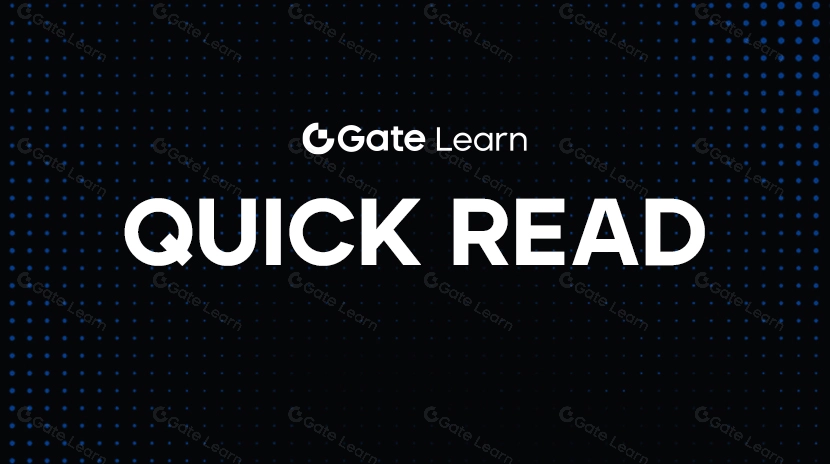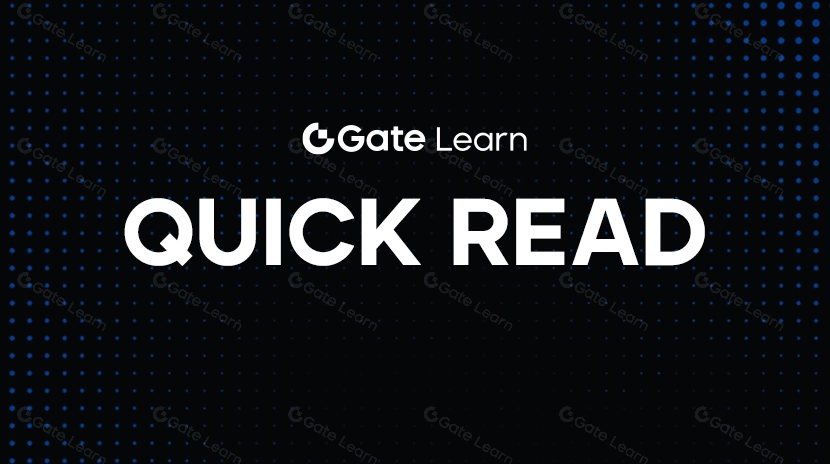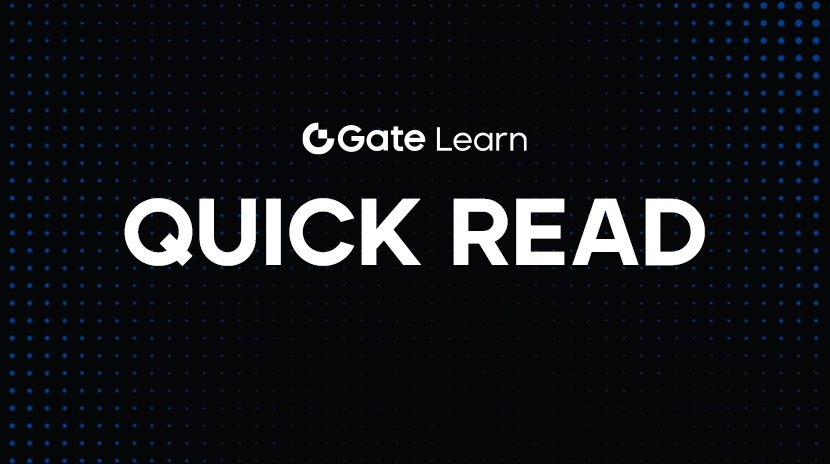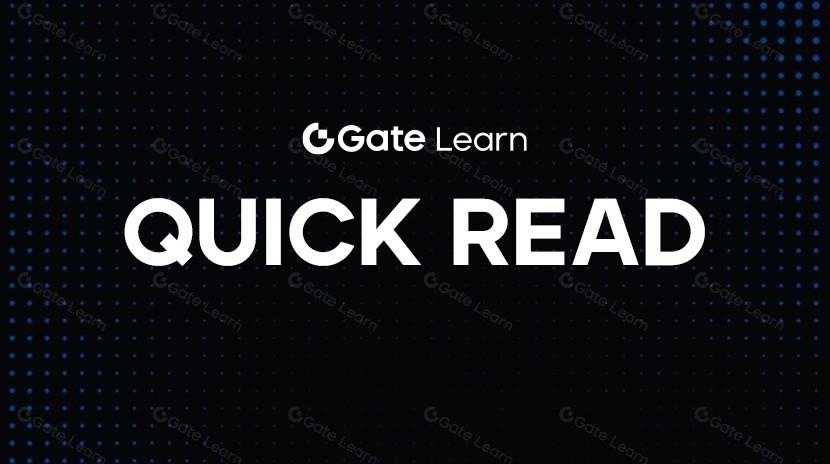Token DEBT: O hub ecológico de tokenização de ativos reais coexiste com riscos e oportunidades
1. Antecedentes do Projeto: Experimento de Integração de Ativos Reais e Blockchain
A Debt Box é um ecossistema descentralizado baseado na tecnologia blockchain, com o objetivo de aumentar a transparência e a liquidez dos mercados financeiros através da tokenização de ativos do mundo real (Real-World Assets, RWA). O projeto, com o token DEBT como seu núcleo, construiu uma rede de tokenização de commodities que abrange múltiplos campos como energia, agricultura, metais preciosos, imóveis, etc., tentando conectar de forma transparente a economia tradicional com a economia cripto.
Posicionamento central:
- Domínio: RWA (Real-World Asset Tokenization) e Finanças Descentralizadas (DeFi).
- Modelo de negócio: Ao tokenizar o processo de produção e venda de commodities físicas como petróleo bruto, gás natural, ouro, etc. através da tecnologia blockchain, os utilizadores podem participar no ecossistema ao adquirir 'Licenças de Mineração de Software' e receber recompensas em tokens.
- Base técnica: com base no padrão BEP-20, a correr na Binance Smart Chain (BSC), compatível com a exchange descentralizada PancakeSwap.

Origem:O site oficial do Debt Box
2. Arquitetura Técnica: Nós Descentralizados Ligados a Commodities
2.1 O Papel Ecológico das Redes de Nós
A Caixa de Dívida adota um mecanismo de nó único, onde os usuários se tornam nós de rede ao comprar licenças (como BGLD, GROW, etc.) e participam na distribuição da receita de produção de mercadorias. As funções do nó incluem:
- Verificação da transação: Garantir a legitimidade das transações on-chain através de mecanismos de consenso;
- Armazenamento de dados: registo completo dos dados do processo de produção de mercadorias, vendas e circulação de tokens;
- Distribuição de ganhos: Os tokens DEBT são distribuídos diariamente como recompensas com base nas contribuições dos nós.
2.2 Caminho Técnico da Tokenização de Commodities
Cada subprojeto (como BGLD correspondente ao petróleo bruto, DLG correspondente ao ouro) alcança ativos on-chain através dos seguintes passos:
- Ancoragem de ativos reais: Colaborar com parceiros da indústria (como empresas de petróleo, empresas agrícolas) para tokenizar direitos de renda de commodities na cadeia;
- Design da economia de Token: adotar um modelo deflacionário para reduzir a circulação através de um mecanismo de destruição (por exemplo, tokens BGLD regularmente destruídos através da receita de vendas de petróleo)
- Suporte de liquidez: Associação com tokens DEBT em DEXs como PancakeSwap para fornecer liquidez de negociação instantânea.
3. Modelo Económico de Token: Mecanismo Deflacionário e Incentivos Ecológicos
3.1 A função principal do Token DEBT
- Ecossistema: Como meio de troca para todos os tokens de subprojeto, os utilizadores precisam de trocar outros ativos através de DÍVIDA;
- Suporte de pool de liquidez: fornecer liquidez inicial para tokens de subprojeto na DEX;
- Incentivo de nó: 50% dos tokens restantes anualizados são distribuídos diariamente aos detentores de licenças.
3.2 Distribuição e Fornecimento de Tokens


(Fonte de dados: o site oficial do Debt Box eCoinMarketCap)
3.3 A lógica dual do modelo econômico
- Pressão deflacionária: Os tokens dos subprojetos (como BGLD) reduzem o fornecimento através da destruição de receitas, aumentando indiretamente a demanda por DÍVIDA;
- Dependência de Nó: Os utilizadores precisam de manter continuamente a licença para receber recompensas DEBT, formando um efeito de bloqueio a longo prazo.
4. Aplicação do Ecossistema: Matriz de Token de Mercadorias Diversificadas
A Caixa da Dívida lançou 12 sub-projetos, abrangendo áreas como energia, agricultura e metais. Alguns projetos representativos são os seguintes:

(Dados integrados a partirO Site Oficial do Debt BoxCom o projeto Lite Paper)

(Ilustração: O token do ecossistema da Caixa de Dívida está associado a commodities, fonte da imagem:Documentação do Projeto)
5. Desempenho do Mercado e Análise Competitiva
5.1 Estado do Preço e da Liquidez
- Preço atual: $1.51 (em 9 de fevereiro de 2025, CoinMarketCap);
- Flutuações históricas: preço mais alto de $40.43 (janeiro de 2023), preço mais baixo de $0.26 (setembro de 2024), atualmente 96.26% abaixo do pico.
- Desafio de liquidez: Apesar de estar listado na PancakeSwap, o volume de negociação de 24 horas é 0, refletindo uma participação de mercado fraca.
5.2 Paisagem de concorrência RWA
Comparar com projetos semelhantes:
6. Risco e Oportunidade: A Espada de Dois Gumes da Expansão Ecológica
6.1 Potenciais Oportunidades
- Explosão de RWA: Bitwise prevê que o tamanho do mercado de RWA tokenizados atingirá $50 biliões até 2025, com a diversidade do Token como uma potencial vantagem diferenciadora para commodities DEBT;
- Potencial de parceria institucional: Se pudermos cooperar com gigantes tradicionais de energia (como a ExxonMobil), isso pode aumentar significativamente a endosso de crédito do token.
6.2 Principais Riscos
- Incerteza regulamentar: A tokenização de commodities envolve conformidade legal transfronteiriça, e a recente escrutínio da SEC do projeto RWA nos Estados Unidos está se tornando mais rigoroso;
- Síndrome de Dependência Ecológica: A DÍVIDA é altamente dependente da receita dos subprojetos. Se algum mercado de mercadorias colapsar (como uma queda acentuada nos preços do petróleo), isso pode desencadear uma reação em cadeia;
- Crise de Confiança da Comunidade:Conta do Projeto XBanido, transparência questionada, necessidade de fortalecer a divulgação de dados on-chain.
7. Perspetivas Futuras: Atualizações Tecnológicas e Integração Ecológica
O plano da Caixa de Dívida lançará as seguintes iniciativas-chave em 2025:
- Extensão de interoperabilidade: Suporte ao Ethereum e Solana, aumenta a liquidez multi-cadeia;
- Caminho de conformidade: Solicitar uma licença MSB dos EUA, melhorar o quadro KYC/AML;
- Lançamento da aplicação ecológica: cooperar com mais empresas tradicionais para expandir ainda mais os cenários de aplicação prática da tokenização de mercadorias;
- Atualização técnica: Introdução de um mecanismo de nó mais eficiente, otimizando os mecanismos de queima de token e distribuição de recompensas, e melhorando a eficiência da operação ecológica.
8. Resumo: Um futuro de inovação e desafios coexistindo
O Debt Box, como um projeto inovador de blockchain, está comprometido em tokenizar ativos reais, promovendo uma profunda integração entre a economia tradicional e a criptoeconomia. Através de seu modelo econômico de token único, mecanismo de nó descentralizado e extensas aplicações ecológicas, o token DEBT fornece aos usuários uma nova maneira de participar do mercado de commodities e melhora a atividade dos participantes e o retorno do investimento por meio de medidas de incentivo. No entanto, como qualquer tecnologia de ponta, o The Debt Box também enfrenta muitos desafios, como incerteza regulatória, volatilidade do mercado e confiança da comunidade.
No futuro, com a melhoria contínua da tecnologia e a crescente demanda global por ativos tokenizados, espera-se que a Caixa de Dívida ocupe um lugar na pista de RWA. Em particular, se conseguir progredir suavemente na expansão cross-chain, nos processos de conformidade e na cooperação institucional, aumentará significativamente a sua aceitação de mercado e competitividade a longo prazo. No entanto, o sucesso do projeto dependerá da sua capacidade de superar eficazmente os riscos atuais e destacar-se na feroz competição de mercado.
No geral, o Debt Box não é apenas um explorador importante no campo da tokenização de ativos reais, mas também um representante de vanguarda da aplicação da tecnologia blockchain. Com a participação de mais empresas e utilizadores, o seu ecossistema tem um grande potencial de expansão, e o futuro continua cheio de esperança e oportunidades.
Artigos relacionados

Analisando o Hack do Bybit Usando o Ataque de Assinatura Múltipla Radiant como Exemplo

A esplêndida bolha e a verdade perdida das tokens de celebridade

O que é FLock.io (FLOCK)?

Os mais recentes desenvolvimentos de Cardano (ADA)

Grok AI, GrokCoin & Grok: o Hype e a Realidade
